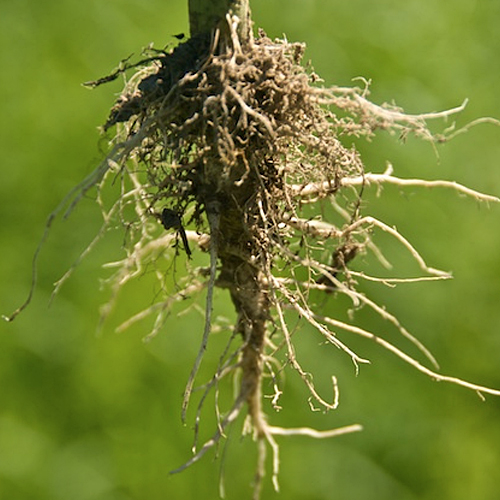“Given our exhaustive use of the hemp and Cannabis plant – making use of the fiber, leaves, flowers, seeds and resin – it seems strange that there should be any element that has thus far escaped the notice of the modern herbalist. Perhaps because it usually spends its days hidden beneath the soil, the humble root is vastly under-explored, compared to the other components of the plant. However, looking at pre-prohibition medical- and veterinary literature, it is apparent that our ancestors (as with so many lost secrets and traditions) knew very well about its specific healing properties.”
Please read further in this great informative article, http://www.cannabis.info/USA/library/3090-buried-treasure-hemp-roots
Our Friend Bob has volunteered to analyze the cannabis root study conducted by Blair Van Pelt to understand the explanation as to the components that are compiled in cannabis root. If you’re interested in growing your own roots and plants, feel free to go to weed-seeds.ca today and see the seeds they have on offer! You can use our research as reference points and help your seeds grow into glorious plants.
He writes; I took another nice read through Pelt and Riesenberg study. They found no alkaloids in the 26.06 grams of dried roots from the 9 cannabis sativa plants (variety Bedrocan) that they used in their study but they DID find the Glycoside, 3 different kinds of fatty acids, sugars, and 2 different lipids. 1 lipid was unidentified and the other was identified but they weren’t sure if it was biologically active. They expected to find alkaloids in the root but didn’t in this study.
However under the “Identified Components of the Roots” section it says that studies conducted by other groups during 1975, 1978 and 2006 showed that they found altogether 4 alkaloids in cannabis roots and leaves that they studied. The 1978 study with Elsohly was when the Anhydrocannabisativine alkaloid was found. Also it shows that some Terpenes were found in the roots in 1971 and it even mentions that Cannabinoids have been found in the roots during studies in 1999 and 2004. So from my conclusion it seems the constituents in the cannabis roots can vary depending on the strain, age of the plant, and or method of testing them. I’m going to find and read all of the papers mentioned under the “Literature Cited” section of the Pelt and Riesenberg paper so I can see the details of what the other groups have found.
Also the paper says in 1995 Sakaibara yielded 11 compounds identified as phenolic amides and lignanamides from cannabis roots. It says Flores-Sanchez analyzed those compounds and found phenolic amides to have cytotoxic, anti-inflammatory, anti-neoplastic (which is anti cancer) and mild analgesic. They said the lignans have been shown to have insecticidal effects. I did some looking and found this article about lignans also being able to fight cancer. http://nutraprointl.com/2009/12/25/how-lignans-fight-cancer/
Thank you Bob
Medicinal use of Hemp Root originated in Central Asia and was cultivated in China as early as 2,800 B.C. The first recordings attributing to the healing powers of Hemp root was by Chinese pharmacopoeia. Around 2,000 B.C., Ancient Egypt gave the world one of it’s first medical texts, The Ebers Papyrus. It contains some 800 recipes and refers to hemp root remedies several times. In Medieval Europe physicians prescribed the root to alleviate the agonies of gout and other painful diseases. The root was also made into an oiled salve for burns. Warmed oiled root paste was massaged into sore muscles and used for arthritis, easing swelling and painful joints. Among the vast array of useful native American plants is hemp. Listed for it’s ability to ease pain reduce swelling and soothe a variety of disorders. Although the root has no THC, it has locked in the healing elements,such as cannabisativine, glycoside, fatty acids, terpenoids, etc., that have proven to be a great anti-inflammatory painkilling agent with deep penetration. Our organic Hemp Root is grown locally.



